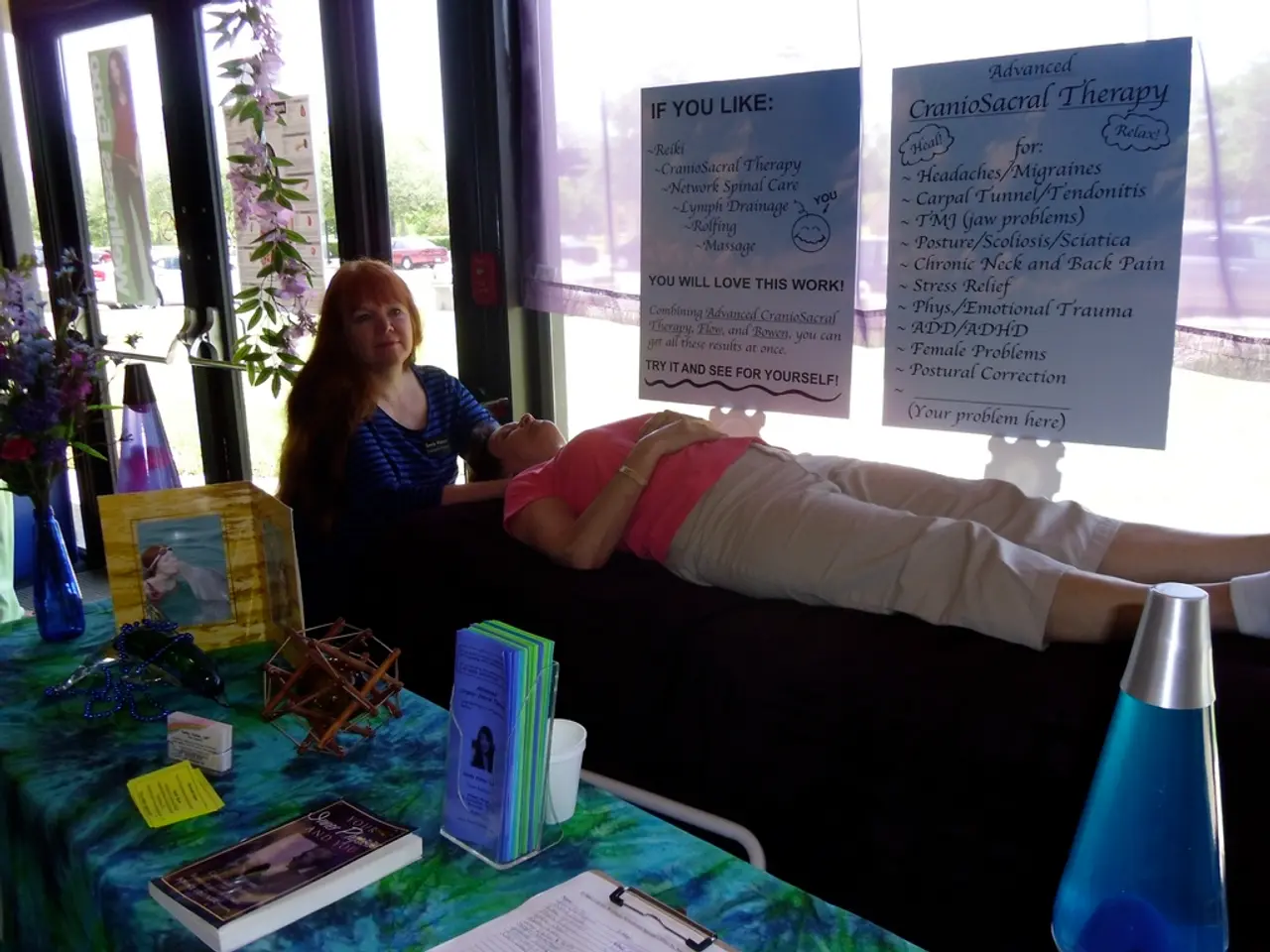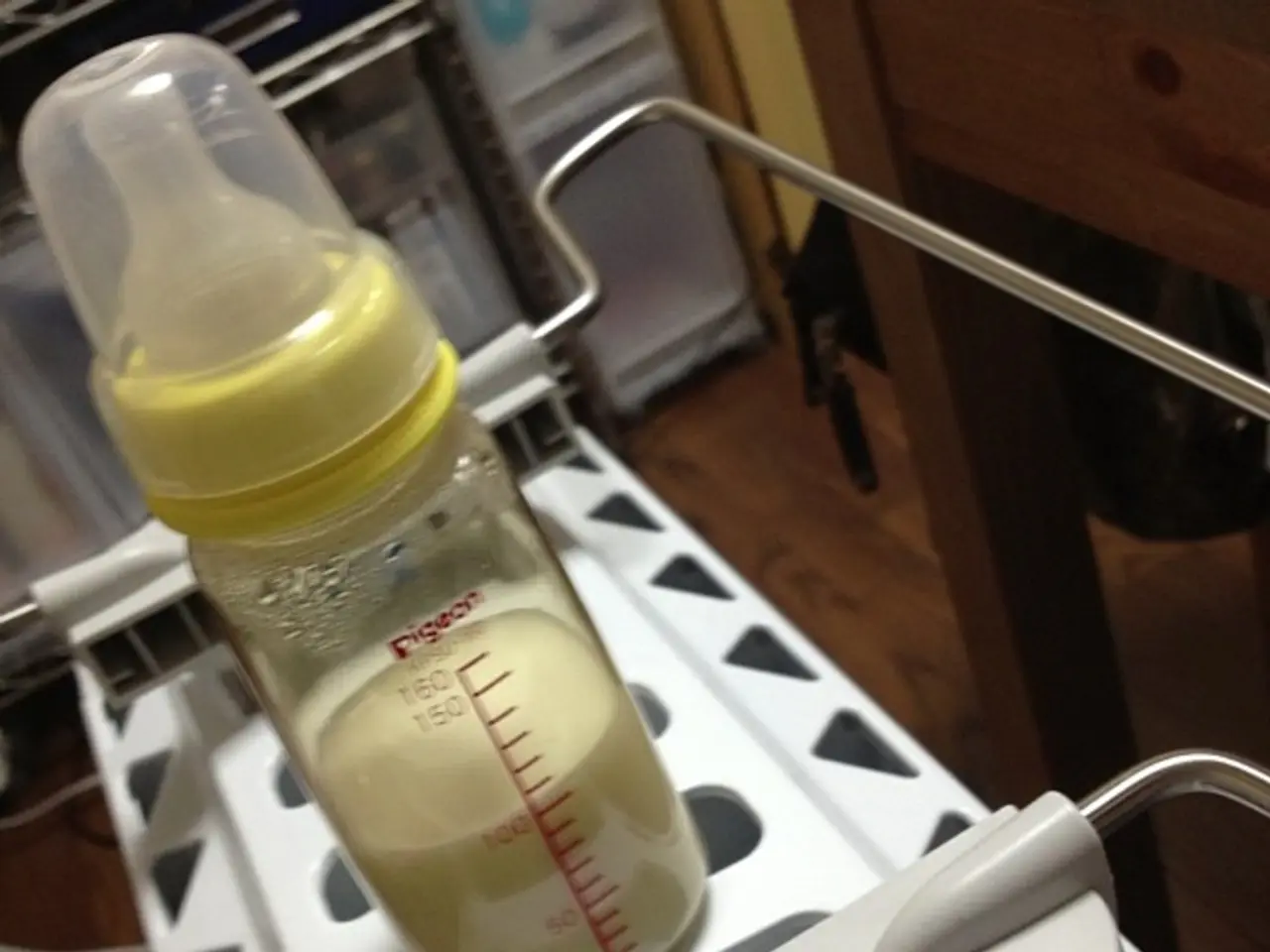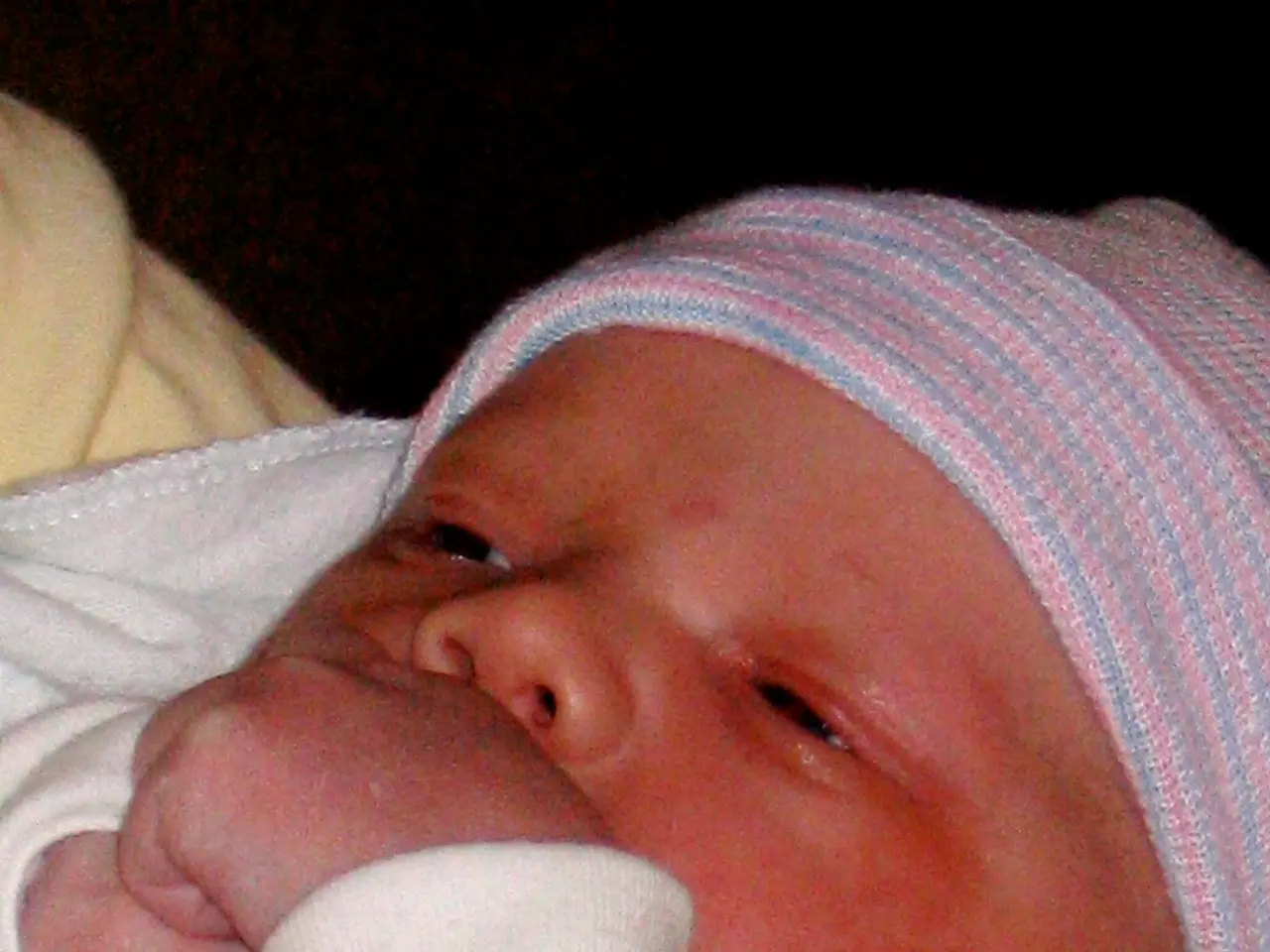Treatment Methods for Slipping Rib Syndrome: A Comparison between Chiropractic Manipulation and Physical Therapy
Slipping Rib Syndrome (SRS) is a common, yet often underdiagnosed condition that affects the ribcage. This syndrome is typically characterised by painful movements such as rotation, lifting, or deep breathing.
The first line of treatment for SRS is an adequate evaluation, which involves checking the ribs for movement and tenderness. This evaluation is crucial in determining the severity of the condition and the best course of action for treatment.
Chiropractors and physical therapists play a significant role in managing and treating SRS. Chiropractors address SRS by manipulating both the rib and the surrounding muscles and tissues. They use gentle manual manipulation to relax muscles that may be stiff or guarding the rib area, preventing proper rib positioning. If necessary, chiropractors apply direct pressure adjustments to move the displaced rib back into its correct alignment.
Physical therapists, on the other hand, focus on restoring movement, reducing pain, and improving muscle balance and posture to support the rib cage. Techniques used include joint mobilizations, soft tissue release to relieve muscle tightness around the ribs, neuromuscular re-education to improve coordinated movement patterns, and therapeutic exercises targeting thoracic spine and rib stabilizing muscles.
Both disciplines emphasize conservative, non-invasive treatments initially, including gentle stretches, pain management modalities, and activity modifications to avoid movements that exacerbate symptoms. If conservative care is insufficient, multimodal approaches combining manual therapy with targeted exercises yield better pain relief and functional improvements.
Long-term interventions can include stretches, core exercises, and changes in postural or breathing patterns to decrease pain and best utilize rib function over the long term. Myofascial release, cupping, and IASTM (instrument-assisted soft tissue mobilization) can help reduce tension in the tissue around the ribs.
Education is equally crucial in the treatment process, teaching patients to move more effectively, what they need to avoid doing, and how to deal with flare-ups independently.
SRS patients may also feel a sensation of popping or clicking. If SRS is detected early and treated with caution, SRS individuals are able to get back to activities they love, fewer anxious and more confident about moving.
Eastside chiropractors and physical therapists use a combined care approach, providing joint and muscle care at the same time in the same place, and designing treatment plans individualized for each patient. This integration assists in developing a body-wide treatment plan for stabilization of the ribs and alleviation of pain.
Chiropractors and physical therapists are able to identify SRS when others are not. SRS patients often experience severe, stabbing pain in the lower ribcage.
By working together, chiropractors and physical therapists can effectively manage and treat Slipping Rib Syndrome, helping patients regain their mobility and confidence.
Science and health-and-wellness interventions play a vital role in managing Slipping Rib Syndrome (SRS). Chiropractors, for instance, utilizing therapies-and-treatments like chiropractic adjustments and myofascial release, focus on repositioning displaced ribs and relaxing tight muscles for pain relief.
On the other hand, physical therapists apply nutrition-conscious strategies like therapeutic exercises, joint mobilizations, and neuromuscular re-education to improve movement, reduce pain, and support the rib cage, ensuring optimal rib function and long-term wellness.




